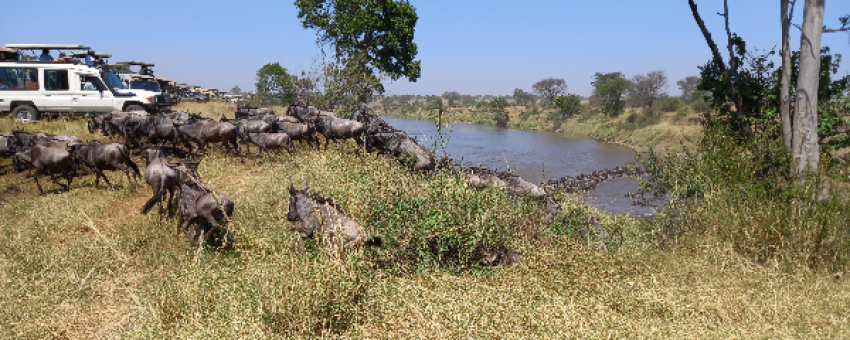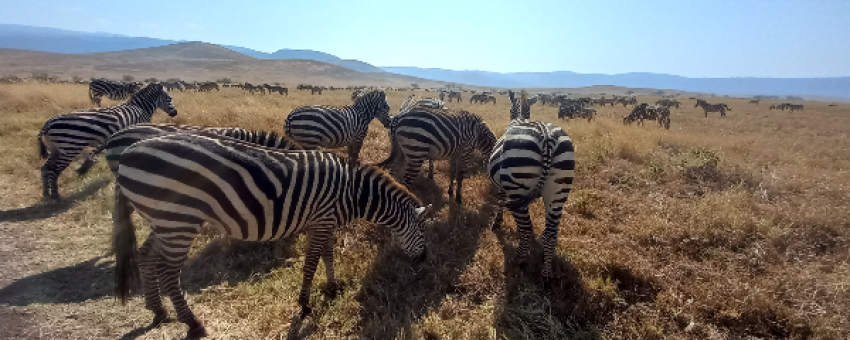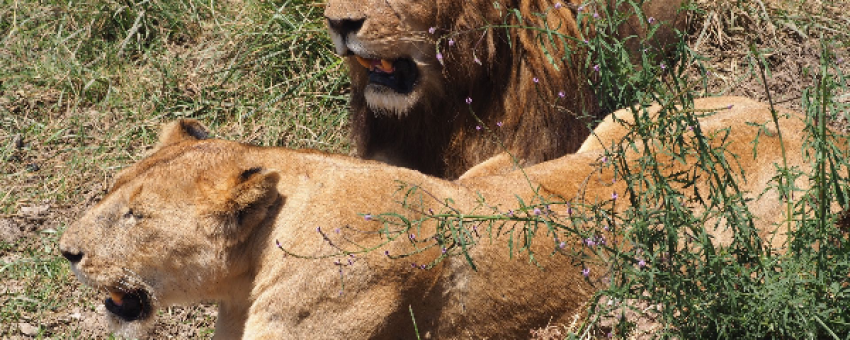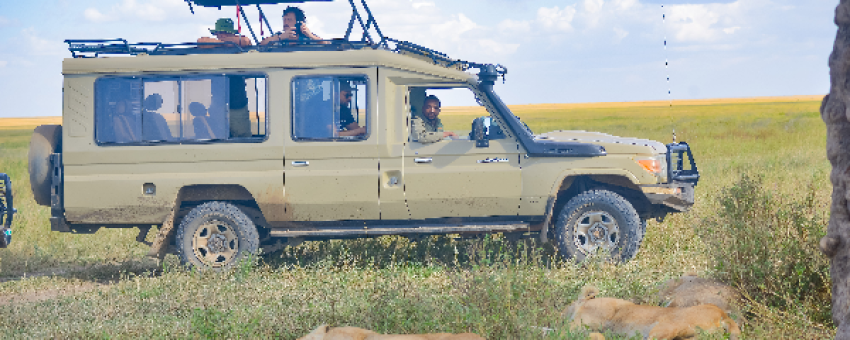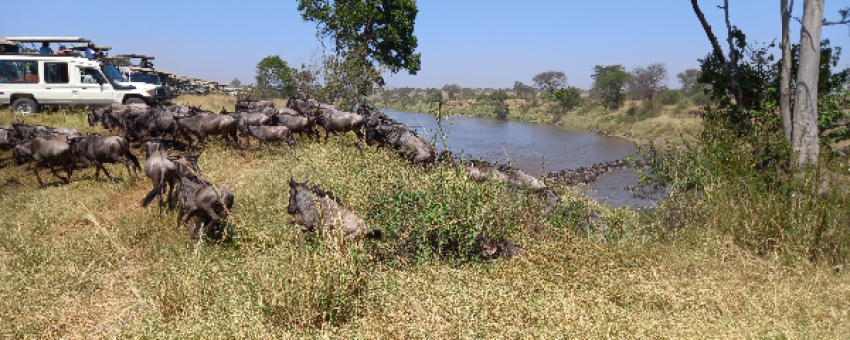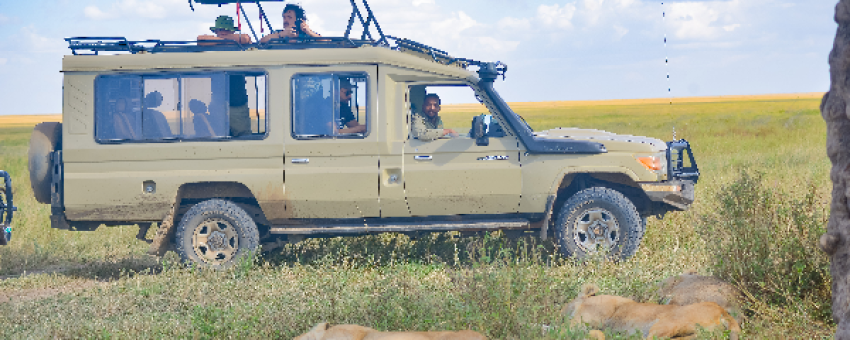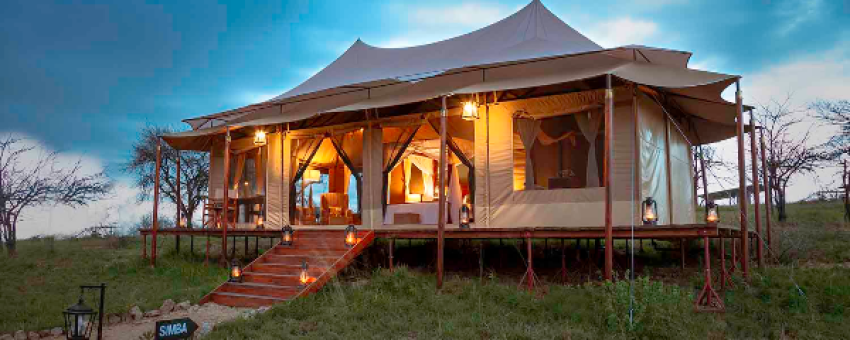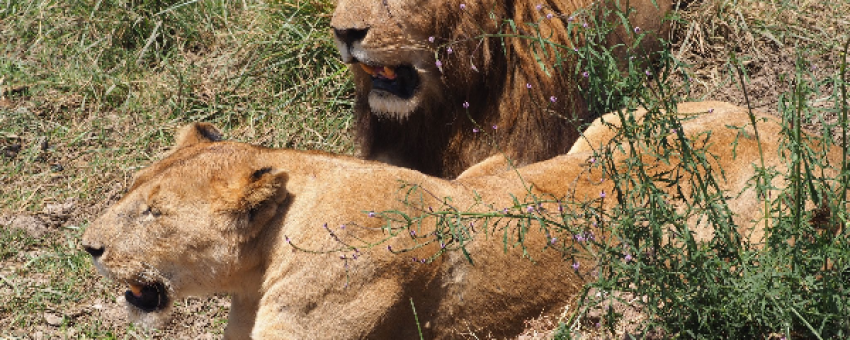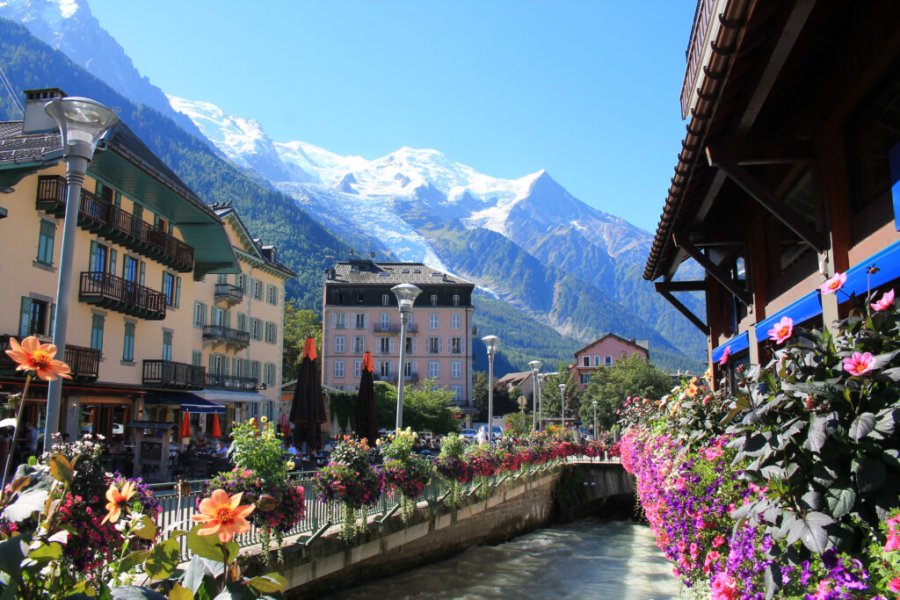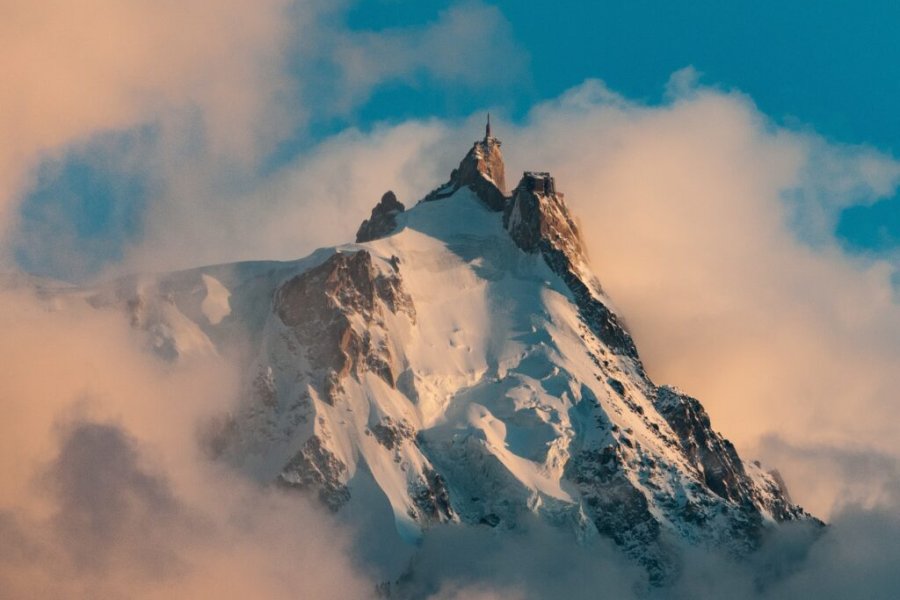8-Day Spectacular Tanzania Safari
Our 8-day spectacular safari unveils to you the best of Tanzania. From the unforgettable wildlife galore to the cultural experiences, it will surely take your breath away. You will visit all northern circuit national parks where you will see the Big Five and also the spectacular migration depending on date of travel.
Highlights of the trip
During your stay you can enjoy the following highlights: Relaxation / Well-being, Honeymooners, Luxury Travel, Great classics, Travelling alone and travelling in a group.
Best months to go
The best time(s) to go is/are : Janvier, Février, Mars, Avril, Mai, Juin, Juillet, Août, Septembre, Octobre, Novembre, Décembre.
You can go all year round.
How to get there?
You can get there by , Car, Tourism bus.
LAND SAVANNAH AND TREKKING
From 450€ à 3050€ / person
Travel suitable for :
Detail of the stay : 8-Day Spectacular Tanzania Safari - 8 days
Tanzania Arrival

Steps: Arusha
Upon arrival at Kilimanjaro International Airport, you will be picked up by our driver. You will then be transferred to Hotel for dinner and your overnight stay. You will have time to review your itinerary as the adventure begins early in the morning.
Tarangire National Park

Steps: Tarangire National Park
After breakfast, you will be picked up at your hotel and together with your guide, you'll drive to Tarangire National Park. In 1970, the national park emerged from a former colonial hunting ground. He has a very diverse animal world, not least because of its size, which corresponds to approximately Luxembourg. The park is home to one of the largest elephant populations in the north of Tanzania, but is also home to many other wild animals. With some luck, you can spot lions, cheetahs or leopards. The landscape of the park is very diverse, especially the huge baobab trees, which are located close together in the north-eastern sector of the park, are particularly impressive.
Lake Manyara National Park

Steps: Manyara National Park
After breakfast, we'll head to Lake Manyara National Park. The park is dominated by the lake of the same name, which attracts large colonies of water birds. Particularly impressive are the pink-colored flamingos, but also many other bird species such as cormorants, pelicans or storks can be observed here. A total of about 400 different bird species live in the park. The park is also famous for its tree-climbing lions, which are usually found in the central and open part of the park. During the safari, you will also see elephants, zebras, giraffes, buffaloes, hippos and many other animal species. In the late afternoon, you'll leave the national park and head to the lodge for dinner & overnight.
Lake Natron

Steps: Lake Natron
Just past Mto wa Mbu, you'll leave the asphalted road, along the East African Rift Valley the drive continues on adventurous slopes. The drive leads past Maasai villages and the holy mountain of the Maasai, the Ol Doinyo Lengai. As soon as the Maasai village Ngare Sero comes into sight, it is not far to the lake. The outlet Lake Natron is the home of a remarkable variety of birds, in particular about 2.5 million dwarf flamingos; the lake serves them as a regular breeding ground. The water is strongly saline and the basis of life for unicellular algae and bacteria, are responsible for the planar red-brown to purple-violet coloring of the lake. The area around Lake Natron is one of the most beautiful and unspoilt regions in Africa. You will make a hike to the lake and then you will visit the nearby waterfalls, a true oasis with awesome waters to swim.
Serengeti National Park

Steps: Serengeti National Park
On adventurous slopes, it goes up the Rift Valley into the wide plains of the Serengeti. It is the heart of a vast ecosystem, whose species-rich animal world is unique in the world. Annually, the great migration involves over 1.4 million gnus, almost 300,000 Thomson's gazelles, about 200,000 zebras and several thousand topi's during the rainy seasons to the areas with the greener and lush meadows. With about 3 million larger mammals, the Serengeti is the national park with the richest wildlife worldwide. Around two-thirds make up the above-mentioned animal species, furthermore, the park is the home to many other animal species, such as giraffe, buffalo, hyena, elephant or crocodile. Particularly large is the population of feline predators, about 3000 lions, a good 300 cheetahs and an estimated 400-700 leopards have their hunting ground here.
Serengeti National Park

Steps: Serengeti National Park
The entire day is dedicated to game viewing in the Serengeti. The areas that you visit will depend on where the migrating herds are. Predators usually follow closely behind the trekking animals and include lions, leopards (in the acacia trees) and cheetahs. During the short rainy season in November and December, the herds move from the hills in the north to the plains in the south. During the longer rainy season from April to June, they return up north. As the migration is completely dependent on the yearly rainfalls, the location of the herds may vary from year to year but your guide will know where to locate the animals and where to see them best. You will spend the night at Tukaone Serengeti Camp.
Serengeti National Park - Ngorongoro Crater

Steps: Ngorongoro Crater
This morning you will continue with further game drives in the Serengeti, at noon you will leave for Ngorongoro Conservation Area. On your outward journey to the park gate, you will enjoy some more game viewing before you leave the Serengeti National Park in the early afternoon to continue your journey to the Ngorongoro Conservation Area. As soon as you reach the edge of the Ngorongoro Crater, you will see the giant caldera below – a breath-taking view.
Traditional Village Experience

Steps: Mto Wa Mbu
You will be able to discover the traditional life of the Maasai, their culture, their traditions and visit their bomas (grouping of huts of an extended family). On arrival at the village, expect to be greeted in the traditional manner: plenty of singing and dancing, with participation very much encouraged! There is then the opportunity to learn about some of the customary practices such as fire-making and beadwork. You may also get the chance to meet and speak to villagers in their homes—questions are very welcome and your guide will happily interpret if needed. During your visit, there is also the opportunity to purchase handmade leather and beadwork from the villagers. Once your time in the village has come to an end, you will head back to Arusha/JRO.
